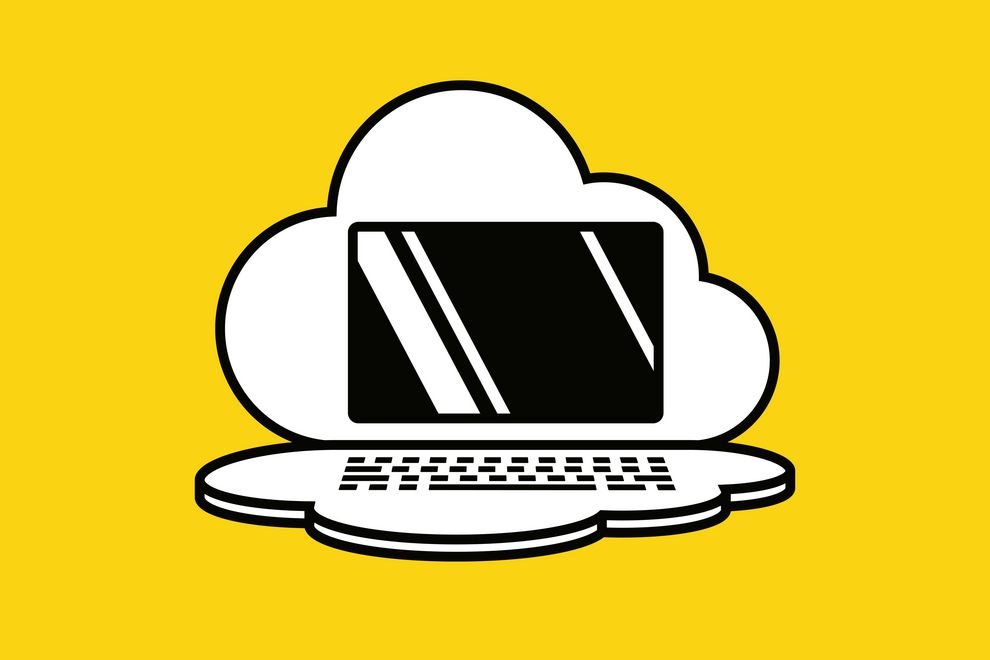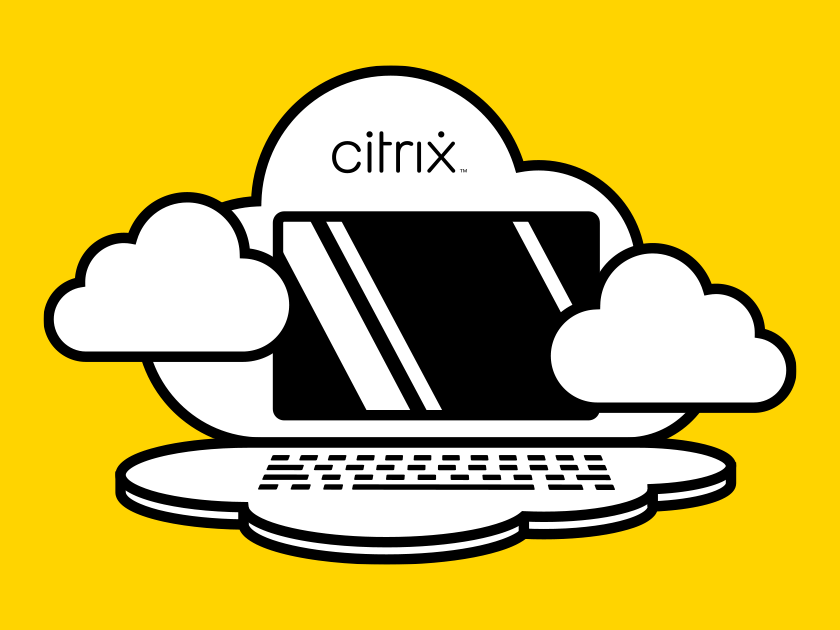DaaS: Your desktop from the cloud without interruptions.
There are several excellent reasons for a company to opt for desktop as a service (DaaS). Being able to continue business in the event of outages due to cyber-attacks or natural events is one of them, and decentralizing the workplace is another. DaaS makes it possible for all employees, wherever they are, to have secure access to all data and resources - even during an emergency.
#Citrix #Virtual Desktop Infrastructure
Both trends are undisputed: cyberattacks and associated circumstances and costs are a threat to businesses of all sizes. Gartner estimates that an hour of downtime costs an average of 100,000 dollars. The second development, which has become very trendy as a result of the pandemic and is becoming increasingly easy due to the cloud, is hybrid work. A hybrid workplace offers a flexible work model that supports work in the office, home office or on the road. Hybrid work meets the needs of most employees: 60 percent would like to have long-term hybrid work models. However, since hybrid work is decentralized, there are legitimate security concerns. This is where the cloud becomes not only an enabler, but also a panacea.
VDI and DaaS
Virtual desktop infrastructure (VDI) and desktop as a service (DaaS) have many things in common. Both offer virtual desktops and eliminate the need to install and update operating systems within an organization. However, there are significant differences[i]. VDI is deployed and managed internally. This means that your company's IT department will be responsible for all hardware, its upgrades, software updates, and maintenance. This is precisely why VDI has accounted for less than five percent of all desktops for years; the technology is not easy to implement. Powerful servers, a well-maintained network and often a fast SAN are needed. VDI also requires a client, so companies that use their desktops virtually still need to maintain endpoints - some of which are physical PCs.
All this is no longer necessary with DaaS: The service is hosted and managed in the cloud. Unlike VDI systems, which have relatively high investment and maintenance costs, a DaaS integration, including provisioning and maintenance, is handled on a subscription basis. These benefits led to DaaS revenue growth of nearly 100 percent in the first pandemic year of 2020; last year, it was nearly 70 percent. Gartner predicts that by 2024, about 80 percent of all desktops will be delivered to remote users via DaaS[ii]. In fact, rapidly changing or growing organizations need more scalability than on-premises VDI can support. DaaS is very flexible because service providers can deliver and charge for the exact resources that meet an organization's current and future needs.
Desktop as a service for emergency situations
It can be crucial for an organization to prepare for emergencies with a business continuity plan [iii]. This is where the cloud with DaaS comes into play.
Your business operations may be interrupted at any time: A pandemic, cyberattack or unusual natural event can damage your infrastructure and its data flows. With DaaS, you can ensure that your end users have secure access to your resources, even during an outage, on any device or network connection. In an emergency, you scale as needed - the data centers and servers involved are not your problem. The cloud will continue to deliver the same powerful applications and desktops, so your employees can be productive on all devices without interruption, even in a business continuity scenario. By the way, the flexible scalability of DaaS also comes into its own when it comes to additional employees, such as temporary contractors or part-time employees. With DaaS solutions, new members can be added to the hybrid workforce quickly and easily.
Security included
As more employees work in more places and many applications are moved to the cloud, cyber risk increases. Users are working on networks that cannot be secured by their own IT department and with devices that are not monitored. DaaS providers must therefore solve the security aspect with one hundred percent reliability. Citrix DaaS, for example, adds an extra layer of security through built-in policy controls to protect all data across devices, locations, and networks. Employees have seamless access to the resources they need while threats are kept off the network. Also possible is Zero Trust network access (ZTNA) for all enterprise applications[iv] - Web, SaaS, virtual applications and more - all without a difficult-to-scale VPN. Whether supporting 10 or 10,000 remote users, everyone will have reliable access to applications and data while resources are protected.
Other major vendors are also jumping on the DaaS bandwagon. Cloud providers such as Amazon and Google, for example, offer in combination with Citrix DaaS the possibility of providing resources with little effort, flexibly and above all securely. Here, you can choose from a variety of Windows machines, including Windows 10/11 multi-session, and Windows Server 2019/2022.
Take the pressure off your IT with UMB and Citrix
If you are looking for ways to unburden your IT from physical infrastructure, Citrix DaaS is the ideal option. We will take care of your infrastructure and security - you can focus on your business. With a pay-as-you-go subscription model, Citrix DaaS makes it easy to scale up or down as needed. Provide your users with a familiar, high-performance digital work environment that delivers all the cost benefits of a managed DaaS solution, plus the added benefits of greater IT flexibility, enhanced enterprise security and greater end-user productivity.
UMB and Citrix are leading-edge partners. Citrix lets people collaborate digitally regardless of location; UMB, as a Citrix Platinum Solution Advisor, can help you leverage this tremendous potential in your business as efficiently as possible. By using Citrix, UMB can offer an end-to-end workplace and mobile device strategy, with the highest standards of performance, usability, and stability. Contact us.
[i] VDI vs. DaaS: What's the difference?
[ii] Desktop as a Service (DaaS) Gartner Market Guide
[iii] Ensuring the Calm after the Storm: Business Continuity Management
[iv] Citrix Delivers Zero Trust Network Access Protection for Hybrid Work


